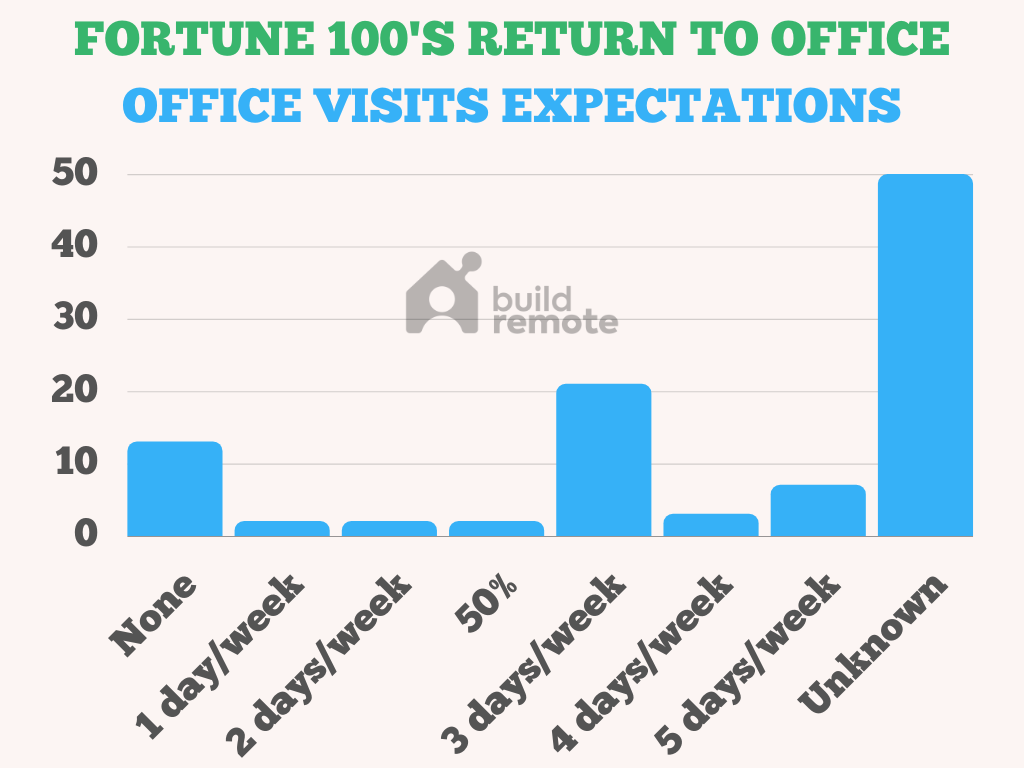If ever a week was ripe for delaying your return to the office, it was this one. Hurricane Idalia cleared out the weather up and down the coast, bringing two weeks of clear blue skies and decent surfing (and dangerous rip tides). Then, a heat wave hit the East Coast, raising temperatures to the 90s in New York City. You could have continued your Endless Summer, working remotely in the AM, sneaking out for a few hours of mid-day beach fun, then returning home post-surf to respond to emails and other work-related detritus.
And yet, the city was jam-packed this week. Streets were filled, restaurants booked, traffic busy, and even offices seemed to have a marked increase in the number of bodies filling the hallways.
Lots of major employers in the New York City area have put a flag in the ground: October 1st. That seems to be the drop dead date for when many companies will require employees to be back at least three, sometimes four, and five days per week.
My frame of reference is finance, and so seeing these requirements in places like JP Morgan Chase — which has abandoned its hybrid attendance policy for 5 days a week; Bloomberg is 4 days (Oct 1); Citi and Wells Fargo are 3 days a week, Black Rock four days, Goldman Sachs and Morgan Stanley join JPM at five.
But it’s not just finance: Federal workers have been ordered back to their offices; Amazon, Apple and Google are at 3 days/week; Salesforce is three days a week in the office and four days for client-facing employees. Even Zoom is requiring in-person work. Resume Builder notes “A whopping 90% of companies plan to implement return-to-office policies by the end of 2024.” According to Build Remote (not exactly an unbiased source) 21% of the Fortune 100 require three office visits per week, with 77% operating on a hybrid work schedule.
All of these add up to the inescapable conclusion that the era of freewheeling “come in whenever the hell you like” is coming to an end.
Of course, there are a few wild cards here. There’s been an uptick in COVID infections albeit from a mild variant; new booster shots will be available later this month. But barring some new deadly variant surge, it’s unlikely that the endemic will remain a factor in return to office.
Small, nimble firms have been using WFH and flex hybrid schedules as a key selling point. Indeed, recent data shows a 29% surge in Hybrid job listings. You can be a cog in some massive faceless machine, goes the pitch, or you can work for (fill in the blank) start-up and have a lot more flexibility when you go small instead of big. Alas, that was a persuasive argument in 2021-22, but I suspect it might have lost some of its power over the past year.
Blame the Fed for the new stricter RTO policies. It is not a coincidence that as higher rates have begun to bite — with impact on real estate, finance, and consumer spending — the economy has begun to soften. New job creation is slowing, wage gains are moderating, and the balance of power is slowly shifting back to employers.
I personally have mixed feelings on this: I loved recapturing my commute time, but I also see how challenging it is to train and mentor younger employees and instill a strong sense of corporate culture.
Regardless, the Summer is coming to an end, and for many, the office is beckoning — for many of us, at least 3 days a week.
WFH was fun while it lasted…
See also:
-RTO statistics and takeaways for August 2023 (Build Remote)
-Return-to-Office Is a $1.3 Trillion Problem Few Have Figured Out (CityLab)
-Where in the World Are People Back in the Office? (New York Times)
-Labor Day return to office mandates yearn for ‘normal.’ But the pre-COVID workplace is gone. (USA Today)
Previously:
Is 50% the New (Metro) RTO? (April 17, 2023)
Of Course WFH is “Really Working” (March 29, 2023)
WFH vs RTO (February 16, 2023)
Why Aren’t There Enough Workers? (December 9, 2022)
Shifting Balance of Power? (April 16, 2021)
Sorry, We’re Closed (March 13, 2020)



